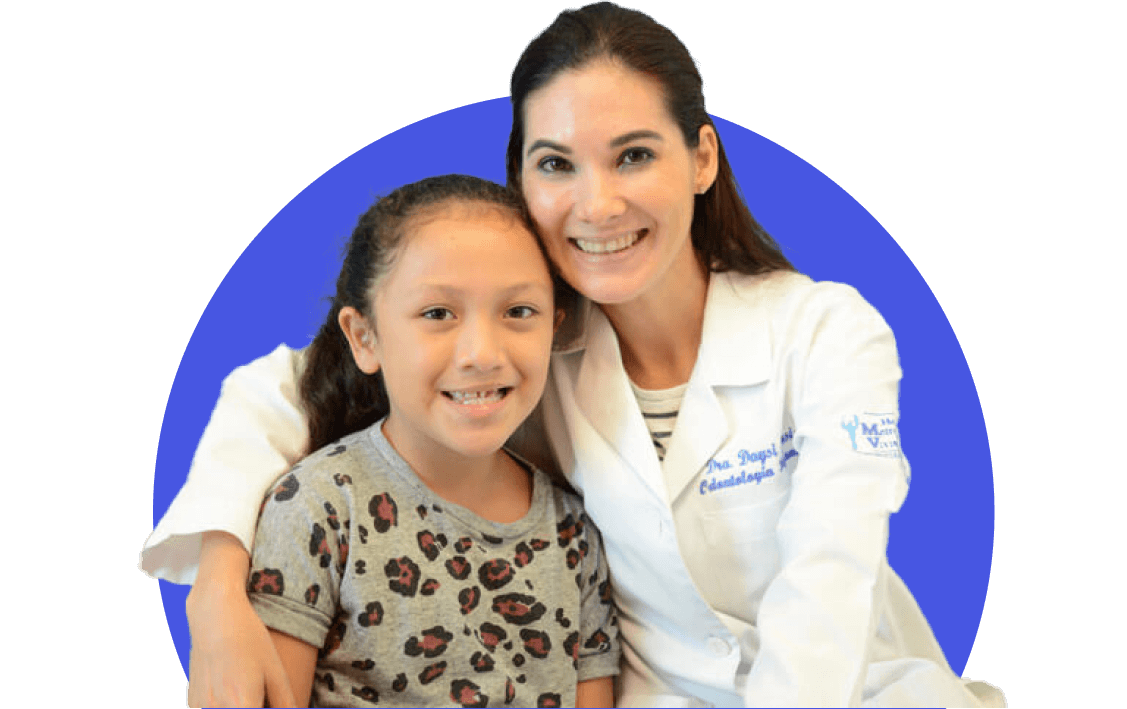- Cleft Home
- What is Cleft Lip and/or Palate?
- Prenatal Diagnosis
- Feeding Your Baby
- What is a Cleft Team?
- Surgery
- Hearing, Speech, and Dental Care
- Paying for Treatment
- Managing Feelings
- Craniofacial Conditions
- Toddlers and Preschoolers
- The School-Aged Years
- The Teenage Years
- Letter to a Teacher
- Information for Adults
- Support Organizations
- Learn More: Downloads
- Cleft Home
- What is Cleft Lip and/or Palate?
- Prenatal Diagnosis
- Feeding Your Baby
- What is a Cleft Team?
- Surgery
- Hearing, Speech, and Dental Care
- Paying for Treatment
- Managing Feelings
- Craniofacial Conditions
- Toddlers and Preschoolers
- The School-Aged Years
- The Teenage Years
- Letter to a Teacher
- Information for Adults
- Support Organizations
- Learn More: Downloads
What issues can arise with my teeth and jaws during my teen years?
Several issues can arise with the teeth and jaws for teens born with cleft lip and palate. Some people born with cleft lip and palate have missing teeth or a lack of bone in the area of the cleft. It is also common to have extra teeth, misshapen teeth, or teeth that are out of position. Your jaws may not align when you bite down.
Resolving these issues with your teeth and jaws can make chewing easier and more comfortable. There are many treatment options. Be sure to visit your pediatric dentist every six months. Regular dental care is integral to overall cleft and craniofacial care. The professionals on your cleft team are there to help.
What kind of orthodontic treatment will I need?
The orthodontic treatment you receive during your teen years will be individualized. In some cases, the treatment for people with cleft lip and/or palate resembles the treatment for people born without clefts. It is common to wear braces during these years, for example. But the orthodontist on your cleft team may recommend other kinds of treatment, as well.
Here are some examples of common issues and treatments during these years:
Treatment for a Crossbite: If you were born with a cleft in your hard palate (the bony front part of the roof of the mouth) and/or a cleft in your gum line, your upper jaw may be collapsed inward, causing your top teeth to land behind your bottom teeth when you bite down. This condition is called a crossbite. A crossbite can cause difficulty with chewing.
To correct a crossbite, the upper jaw must be expanded. A palate expander is a device that fits along the inside of your teeth (not on the outside, like braces) and is attached to the teeth in some way, either with cemented bands or with an acrylic pad. The palate expander needs to be adjusted on a regular schedule. Each adjustment will widen the roof of your mouth.
Most orthodontists recommend expanding the palate before wearing braces, and sometimes before undergoing bone-graft surgery. When your top and bottom teeth come together correctly, you will be able to chew more easily.
Bone-Graft Surgery: Most young patients born with a cleft in the alveolus (the upper gum line) undergo bone-graft surgery during childhood. (To learn more about this operation, look here.) Bone-graft surgery allows new teeth to emerge with enough bone to support them. It also allows the orthodontist to move teeth into the area of the cleft.
Braces: Braces involve a few components: brackets that attach to your teeth, archwires that line up your teeth, and rubber bands to help move your teeth. As your orthodontist adjusts those components at regular intervals during your treatment (usually every 4 to 6 weeks), you may experience some discomfort or pressure as your teeth move. It is important to keep regular appointments during treatment and to keep your teeth clean and avoid eating hard or sticky foods. It is also very important to wear your retainer after treatment to get the best results.
Treatment for Missing Teeth: If you have a missing tooth, your orthodontist may recommend inserting an artificial tooth in the empty space or moving a nearby tooth to fill the space. An artificial tooth could either be placed directly into the bone or held in place with a bridge that connects to your other teeth. The best choice will depend on how crowded your teeth are, how your teeth come together when you bite, and whether you have a tooth that could substitute for the missing tooth. Your orthodontist may ask you to see a prosthodontist to help choose the best treatment plan.
Jaw Surgery: The upper jaw (maxilla) does not always grow as far forward as the lower jaw (mandible) in people born with clefts. This problem can make it difficult to bite down correctly. Jaw surgery, called orthognathic surgery, is a procedure to reposition one or both of the jaws.
It is common for people who undergo jaw surgery to wear braces beforehand and afterwards. In the weeks or months before the operation, your orthodontist may use braces to move your teeth to their correct positions in each jawbone. Then, when the surgeon moves your jaw(s), the upper teeth will be lined up correctly with the lower teeth.
Distraction Osteogenesis: Another approach to aligning the upper and lower jaws is distraction osteogenesis. This process starts with a surgical procedure to place a device either inside the mouth or outside the skin. For a period of time after surgery, usually several hours or days (depending on your age), the device is turned to start a gradual separation of the jaw bones. As the device separates the bones, new bone will grow in the space. Patients usually complete the distraction course at home, with help from a caregiver and regular visits to the surgeon’s office. Once the movement is completed, several weeks are allowed for the new bones to harden and then the device is removed.
Distraction osteogenesis can be effective in areas of the jaw where there is not enough bone. And because of this new bone formation, the chance of relapse is minimal. Be sure to discuss your options with members of your cleft team.



